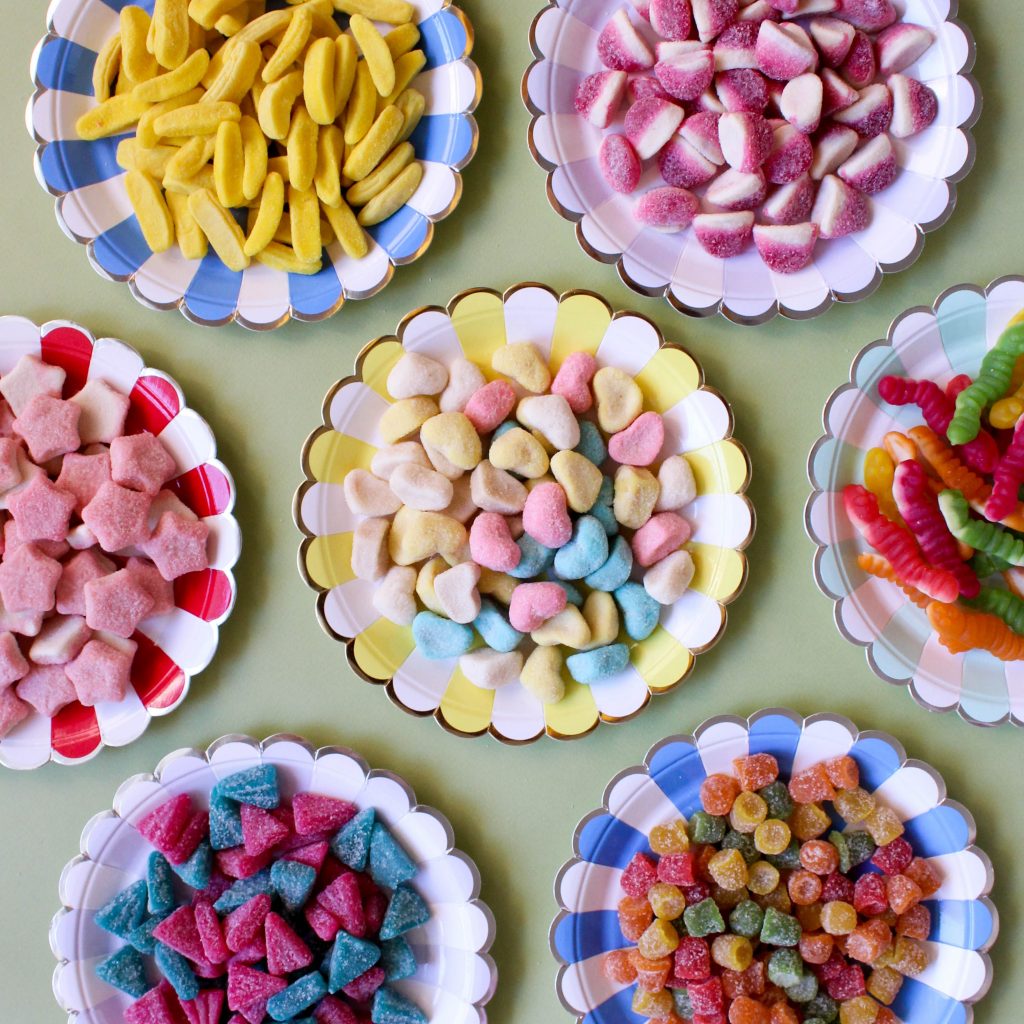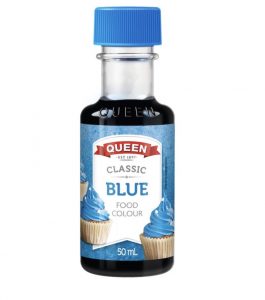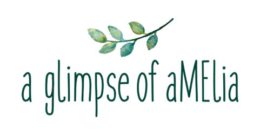
Why food colouring is a no no

SIMPLY TUESDAY REVIEW|
FOOD COLOURING
Queens Blue Food colouring- The addition of colours to food and beverages has been common practice for many centuries. Colours were generally added to serve as a visual cue for quality, to induce the perception of flavour and to meet consumer expectations.
The addition of colours to foods and beverages also serves a number of technological purposes. These include: the offset of colour loss caused by processing conditions such as temperature, time and heat; enhancement of colours already present in the food; provision of batch to batch uniformity thereby preserving the food’s identification; and to protect flavours and vitamins that may be sensitive to sunlight during storage.
Research has also associated food dyes with problems in children including allergies, hyperactivity, learning impairment, irritability and aggressiveness.
Water= Doesn’t say it’s purified.
Food Colour 133= Brilliant Blue concentration amount 1.8%. Petroleum derived. May cause allergic reactions, asthma, gastrointestinal symptoms. May cause hyperactivity. Prohibited in food for infants. Suspected carcinogen, suspected mutagen, suspected neurotoxicity, nettle rash or hives. There have Ben studies in the US linking brilliant blue to attention deficit disorder (ADD).
Acidity Regulator=Acidity regulators, or pH control agents, are food additives used to change or maintain pH. They can be organic or mineral acids, bases, neutralizing agents, or buffering agents. Typical agents include the following acids and their sodium salts: sorbic acid, acetic acid, benzoic acid, and propionic acid.
Citric Acid (330)= Citric Acid= Used as a preservative. Citric acid is commonly derived from a fungus/mould, Aspergillus Niger. The fungus is combined with a substrate made from commodity corn. Citric acid used to come from citrus fruits and even pineapples, however now it’s more commonly made from the sulfuric acid produced by feeding sugars to black mold because of production costs. Can cause sensitivity in people reactive to MSG. Citric Acid of this nature would be pharmaceutical grade. The majority of manufacturers come from China.
Preservatives: Potassium Sorbate (202)= Petroleum derived. Allergic reactions, asthma, hay fever, the food intolerance network recommends to avoid. Headache, hyperactivity, prohibited in food for infants. Skin irritation, stomach upset. Behavioural problems, skin irritation. Potassium sorbate is the potassium salt of sorbic acid. It is a white salt that is very soluble in water. It is primarily used as a food preservative.
Sodium Benzoate (211)= A sodium salt of benzoic acid. Preservative. Asthma, headache, hypersensitivity, may damage DNA in cells. Skin irritation, stomach upsets, prohibited in food for infants.
It would be beneficial to swap to a more natural food colouring. Queens have released a natural colour options however it’s filled with caramines -E120 which are derived from animals or insects and still can cause issues like anaphylaxis, asthma, contact dermatitis, hives, prohibited in food for infants. Hyperactivity. It just goes to show the importance of reading a label because the word natural doesn’t mean anything.
I can recommend the brand Hopper. Most other brand say natural food colouring however won’t give a list any ingredients. Ideally you want preservative free especially for cake decorating colours but also think of added colour in things like cereals, cakes, biscuits, breads.

